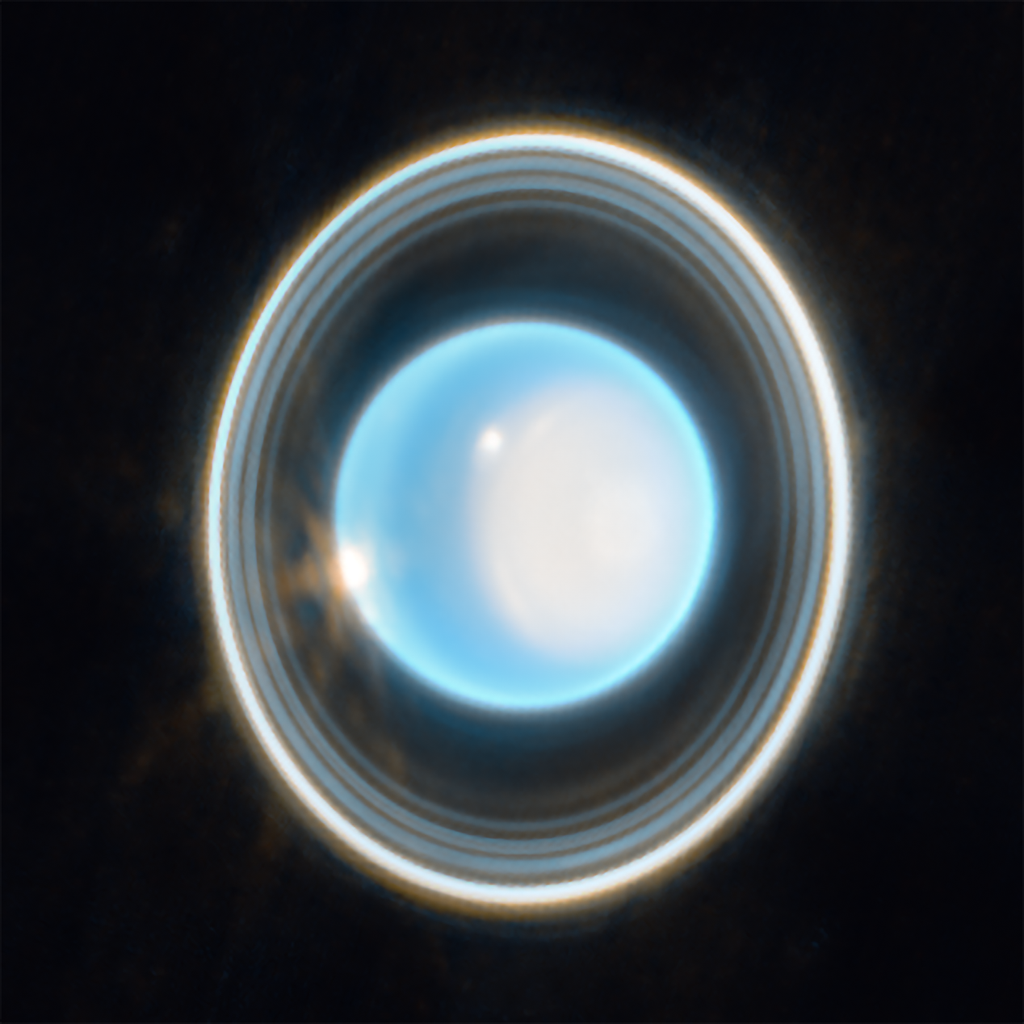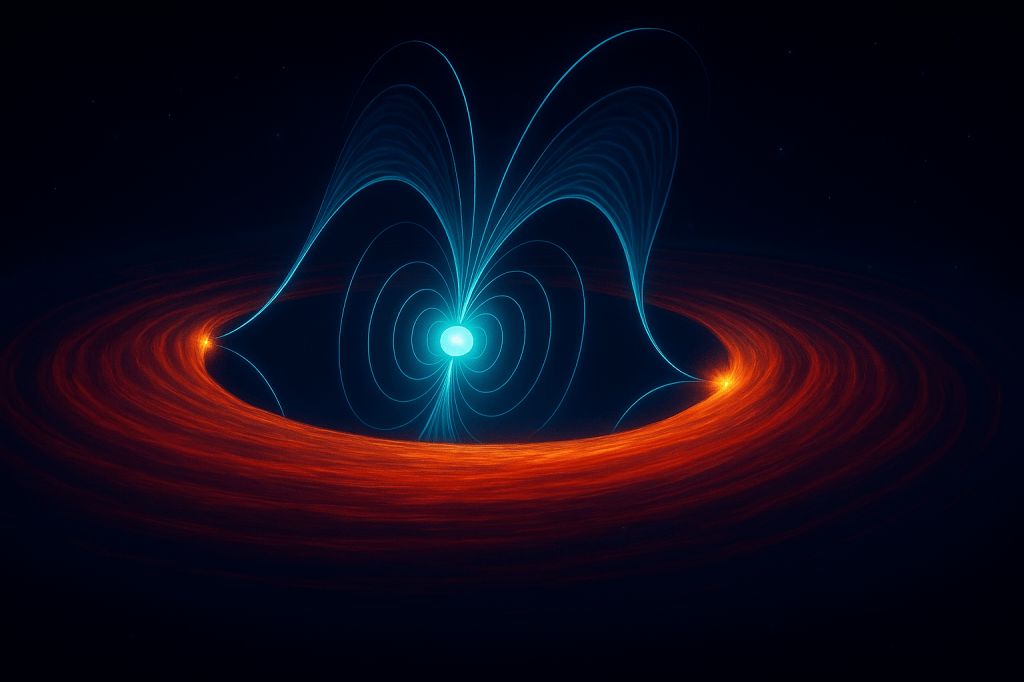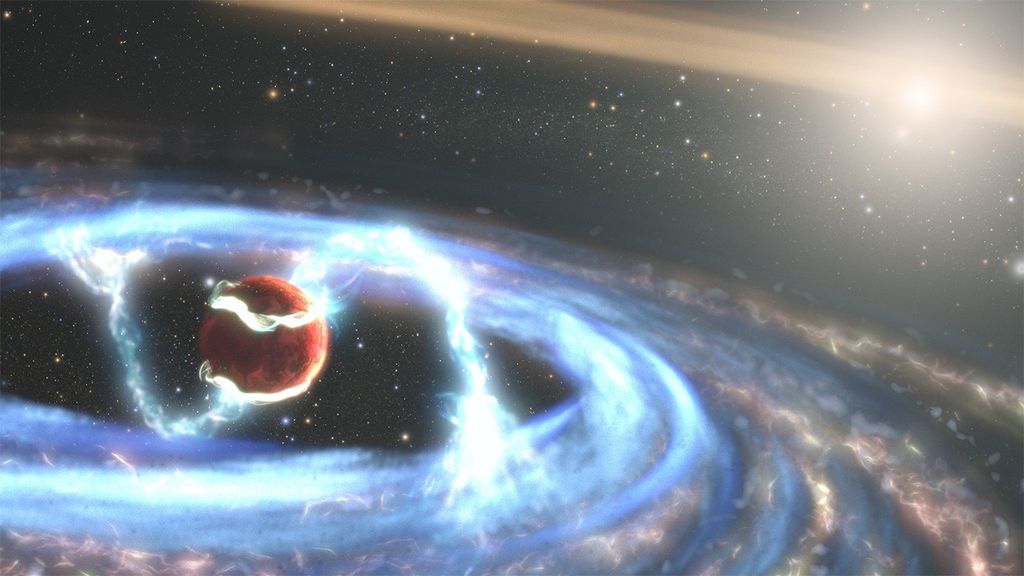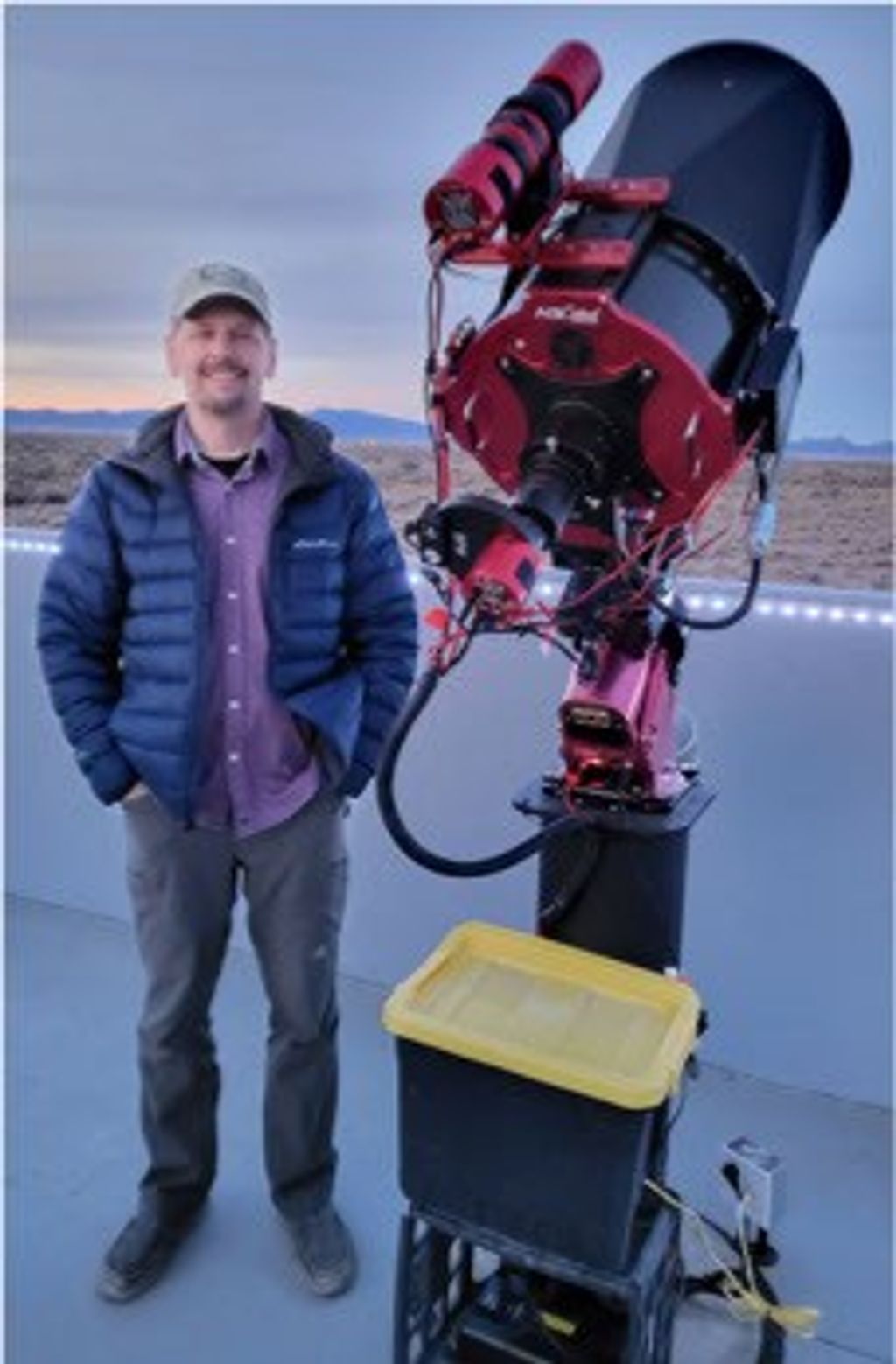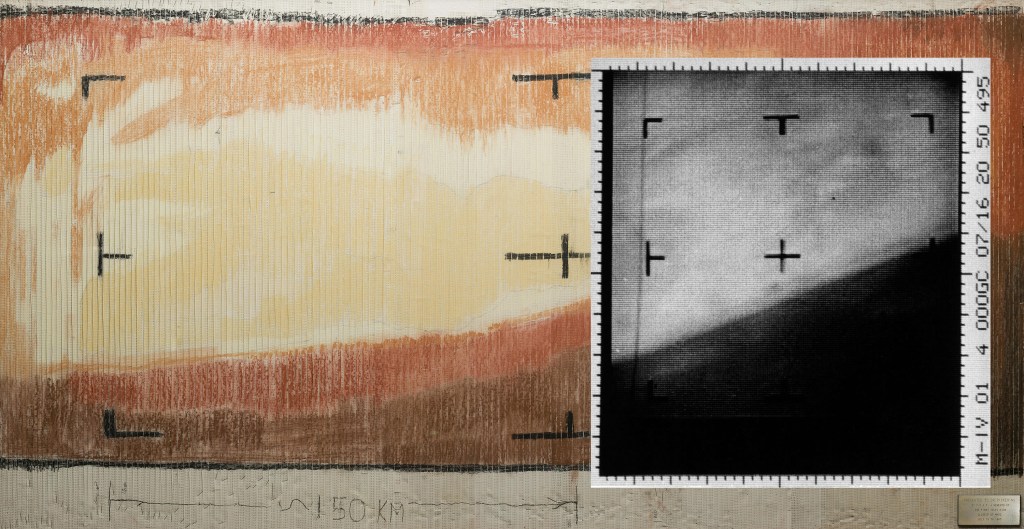Because most quasars are billions of light-years away, it is a surprise to find one virtually in our own cosmic back yard – at a relatively close distance of 600 million light-years. This discovery by Hubble also means that astronomers now have a close-up example of a quasar to study in detail.
"I was stunned when we realized we had a quasar; it was a total surprise," says Dr. Anne Kinney of the Space Telescope Science Institute, Baltimore, Md. She emphasizes that this unexpected result suggests that all powerful radio galaxies might harbor quasars that are hidden from view.
The observations were made by Robert Antonucci and Todd Hurt of the University of California at Santa Barbara, and Kinney. Their results appear in the September 22 issue of Nature.
Quasars (Quasi-Stellar Radio Sources) are compact objects that look like pinpoints of light (like stars) in ground-based telescopes, but are actually hundreds of times brighter than entire ordinary galaxies like our Milky Way. There is increasing evidence that quasars dwell in the core of remote galaxies, and are powered by a supermassive black hole devouring dust, gas, and stars from the host galaxy. Most quasars existed billions of years ago in the early universe, and, so, it's unusual to find one in our own epoch.
Though Cygnus A is categorized as an elliptical galaxy, it has an unusual peanut-shape due to a dark band of dust encircling the enigmatic nucleus. The Hubble astronomers could only peek into the core by taking advantage of a natural "periscope effect." Dust outside of the nucleus acts like a mirror to reflect the shorter wavelengths, or blue component of the light, toward Earth
The astronomers used the ultraviolet sensitivity of the Faint Object Spectrograph to look for the spectral signature of extremely hot, supermassive stars hidden in the nucleus. Such stars are theorized as one possible explanation for Cygnus A's powerful optical emissions.
Instead, the resulting ultraviolet spectrum was so unusual that astronomers puzzled over the data for three months before reaching their startling conclusion. After much analysis, they realized it was in part composed of the typical spectrum of a quasar. Such a spectrum possesses broad emission lines that indicate that gas in the nucleus is swirling at high speeds. "One caveat is that the broad emission line could possibly be many narrow emission lines blended together," says Kinney. "We will double check that possibility with more observations." HST's ultraviolet sensitivity allowed this spectrum to be distinguished more easily from the galaxy's starlight and other components.
Kinney emphasizes that it is probably more than coincidence to find a quasar embedded in the nearest extremely powerful radio galaxy to Earth. She says these results suggest that quasars might be common to radio galaxies and might explain their powerful radio emissions.
Though this provides an unexpected opportunity for close-up study of the mysterious "engine" behind a quasar, these results add further mystery as to the true nature of the powerhouse.
Previous ground-based radio observations show that there is an elongated optical object in the Cygnus A's core. This is inconsistent with black hole models that predict a compact point source of radiation. Supermassive black holes are leading candidates for explaining a quasar's prodigious outpouring of energy.
The astronomers plan to use the Hubble Space Telescope to study the spectrum of other radio galaxies and look for fingerprints of other quasars.


